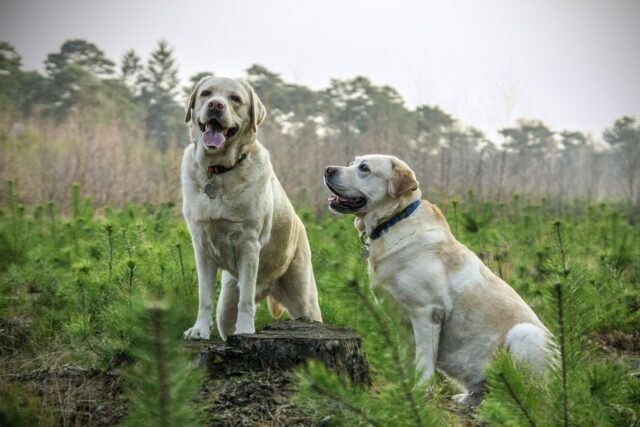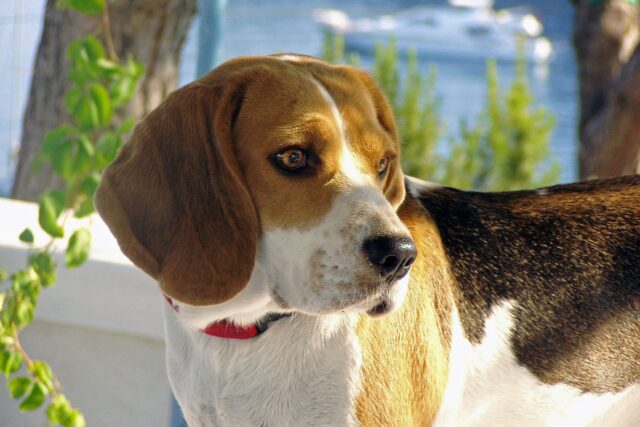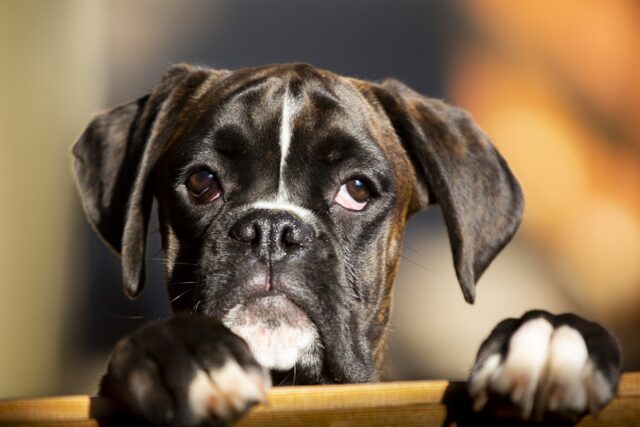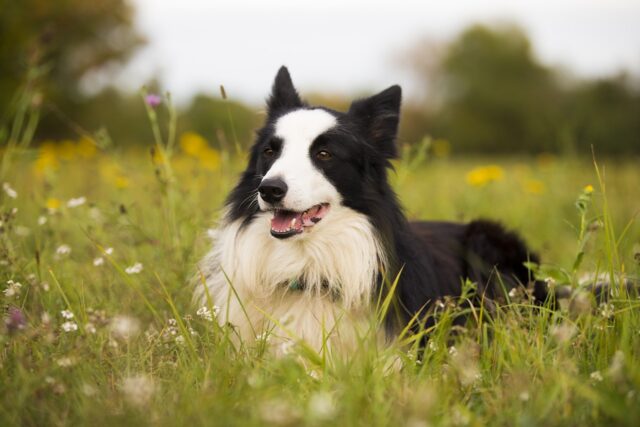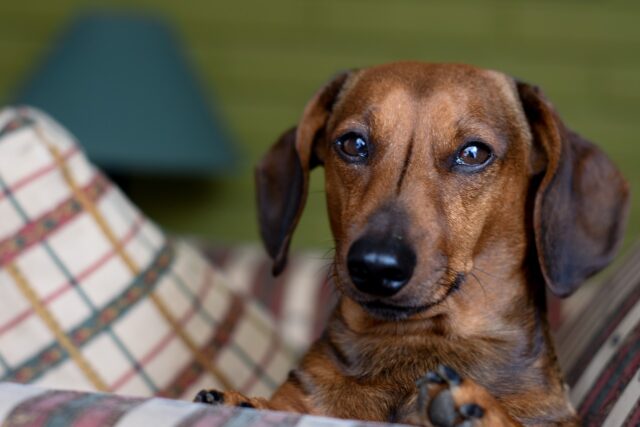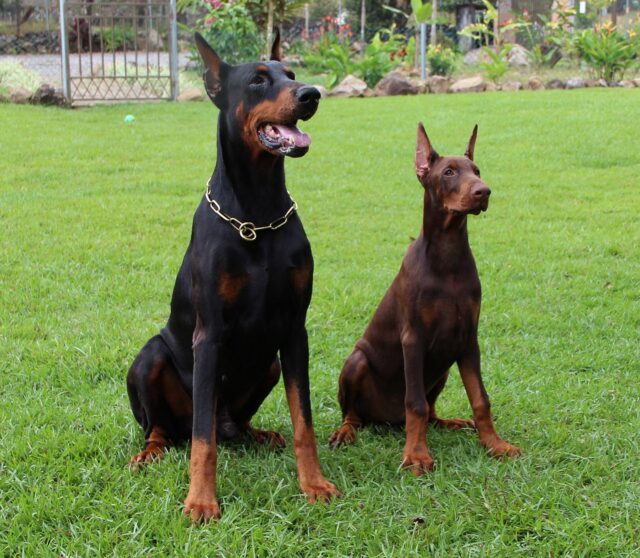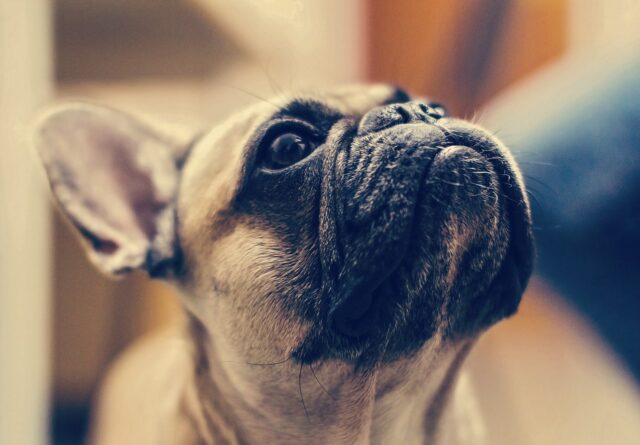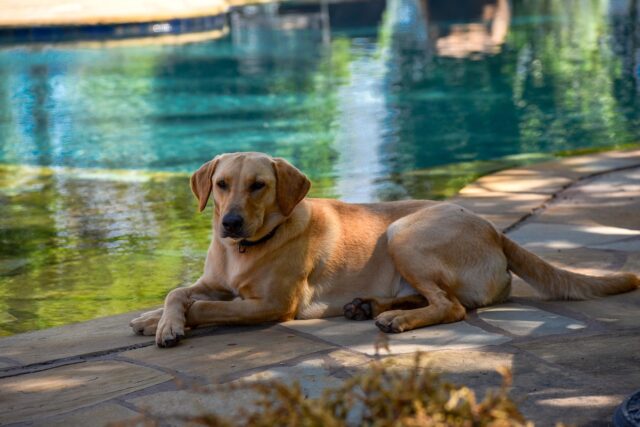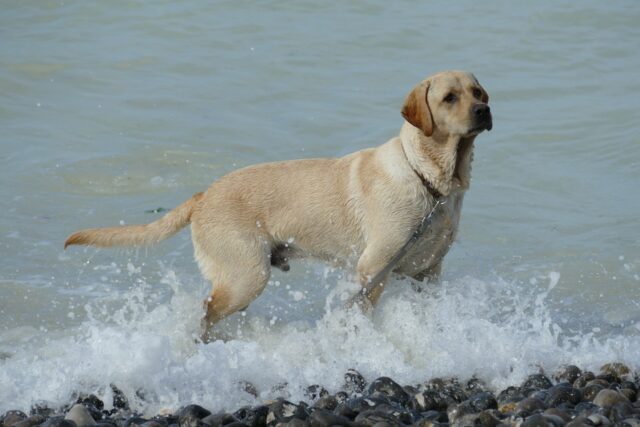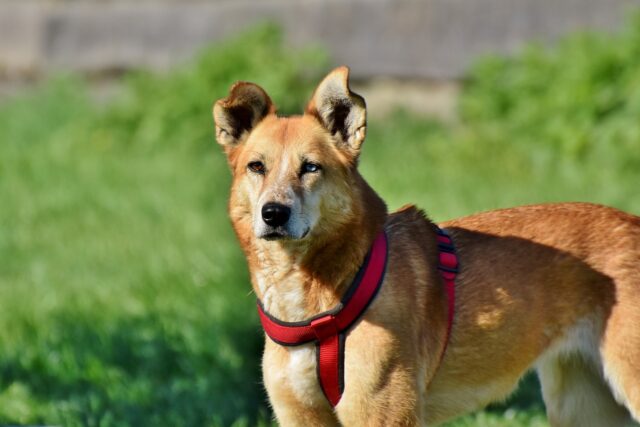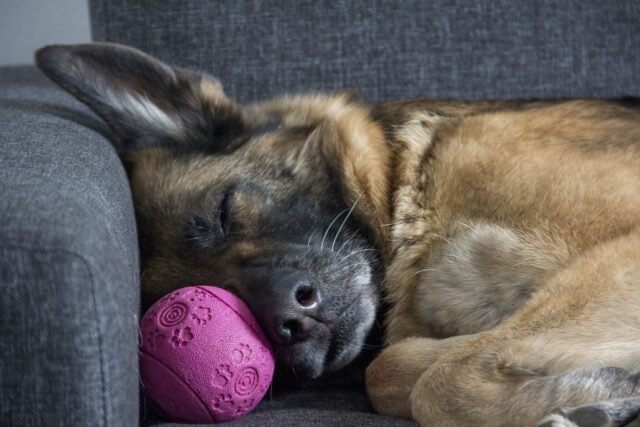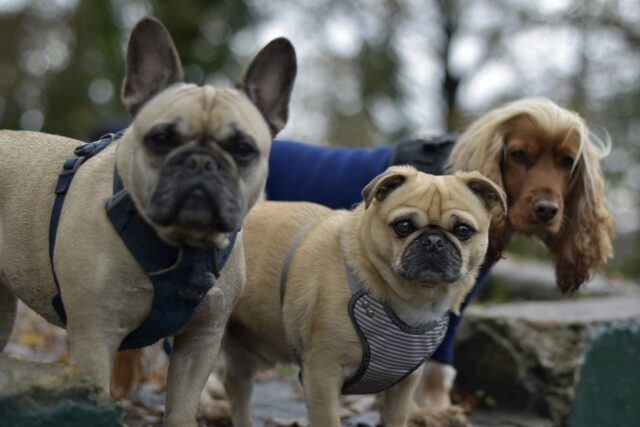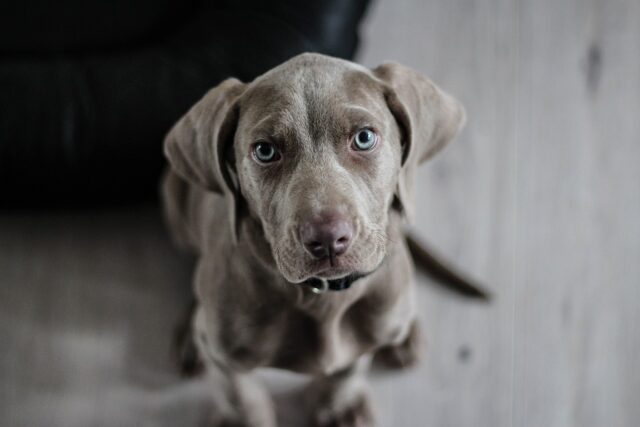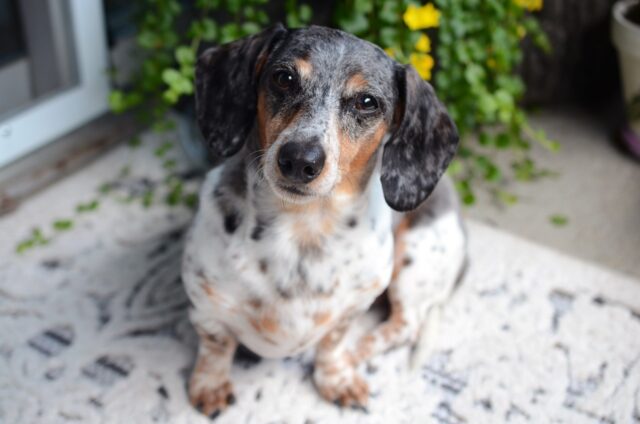If you’re looking for the best dog breed for your family, we’re here to help. Choosing the right dog can be one of the toughest decisions, especially if you have small children and are a first-time dog owner. The American Kennel Club (AKC) emphasizes that it’s important to consider whether a breed fits into your lifestyle, your children’s ages, and the type of home you live in.
Some family dogs thrive in city apartments, while others are better suited for suburban homes or farm life. The AKC also suggests that everyone in the family, including kids, should be involved in the decision-making process. In this blog, we aim to guide you by compiling a list of the best dog breeds for families, complete with breed details to help you choose the perfect companion for your kids.
For personalized assistance, Pettito Pet Counselors are here to make the experience even more enjoyable. They not only help you find the right breed but also ensure that choosing a puppy becomes a fun family adventure. With Pettito, you can confidently find the perfect furry friend that fits your family’s needs!
Beagle
The Beagle originated in the UK about 150 years ago. This is a good-natured and independent dog breed that gets along easily with children and other pets. Beagles are compact and muscular, with a keen sense of smell that serves their hunting instincts well.
The Beagle does well with early socialization and has a moderate activity level, which makes it perfect for those who enjoy the outdoors with their children, but who also want a family dog to hang out with them while they enjoy a good Netflix show or book. The takeaway with this outgoing breed is that it will pursue scent and needs a fenced garden.
Breed Overview
Group: Scenthound, UKC; Hound, AKC
Height: 13 to 15 inches
Weight: 20 to 30 pounds
Coat and color: Beagles have medium-length coats in various colors, such as tricolor (black, white, and tan) and lemon (pale yellow and white). Common markings include black saddle and white markings.
Life Expectancy: 10 to 15 years
Activity Level: Moderate
The Beagle originated in the UK about 150 years ago. This is a good-natured and independent dog breed that gets along easily with children and other pets. Beagles are compact and muscular, with a keen sense of smell that serves their hunting instincts well.
The Beagle does well with early socialization and has a moderate activity level, which makes it perfect for those who enjoy the outdoors with their children, but who also want a family dog to hang out with them while they enjoy a good Netflix show or book. The takeaway with this outgoing breed is that it will pursue scent and needs a fenced garden.
Special Needs: Socialization, fenced garden, positive training
Boxer
Everyone adores this breed. The Boxer originated in Germany and was popular in Europe around the sixteenth century. Originally bred for hunting, the boxer has also been used as a police and military dog. This fun-loving and playful dog breed is very affectionate and loyal to all family members.
The Boxer makes friends easily and is also a confident breed that is excellent with small children. The takeaway with this breed is that it does well with plenty of attention, exercise, and positive training.
Breed Overview
Group: Guardian, UKC; Working (AKC)
Height: 21 to 25 inches
Weight: 65 to 80 pounds
Coat and color: Boxers have a short coat that can be fawn or brindle, often with white markings on the chest and feet.
Life expectancy: 10 to 12 years
Activity Level: High
Special Needs: Socialization, training, attention, and lots of exercise
Collie
The Collie originated from Scotland and is called the Scottish Sheepdog and Scotch Collie. Not only is the Collie a multipurpose farm dog, a keen herder, guard dog, and companion, but the Collie does well in dog sports and as a child companion. Border Collies are loyal and make affectionate companions but need active engagement to prevent boredom.
The takeaway with the active and intelligent Collie is that this breed is excellent with children of all ages and friendly and outgoing. They belong to the herding group and are known for their striking appearance with a long, flowing coat and expressive eyes.
Breed Overview
Group: Herding AKC/ UKC
Height: 22-26 inches
Weight: 55-75 pounds
Coat and color: Border Collies have a medium-length double coat that can be smooth or rough. Colors include black and white, red and white, tricolor, blue merle, and sable.
Life Expectancy: 12 to 14 years
Activity Level: Very high
Special Needs: Extensive mental and physical stimulation. They excel in agility and obedience training and thrive with regular exercise and challenging tasks.
Dachshund
The Dachshund, also known as Teckel, originated in Germany. Many believe it is a cousin of the Basset Hound and may have existed as far back as the sixteenth century. Although originally bred to hunt badgers, this breed does well as a companion dog and is good with children and family.
Dachshunds are intelligent, vigilant, and lively. Despite their small stature, they are courageous and can be pretty stubborn. They can live in many different situations and enjoy city or farm life.
Breed Overview
Group: Hound AKC/UKC
Height: 5-6 inches (Miniature), 8-9 inches (Standard)
Weight: Up to 11 pounds (Miniature), 16-32 pounds (Standard)
Coat and color: Dachshunds have three coat types: smooth, longhaired, and wirehaired. Colors include red, black, tan, chocolate, cream, blue, and various combinations.
Life Expectancy: 12 to 16 years
Activity Level: Moderate to high
Special Needs: Regular exercise to maintain a healthy weight and prevent back problems. Mental stimulation and socialization to manage their sometimes stubborn nature.
Doberman Pinscher
The Doberman Pinscher is another popular family dog breed originating from Germany in the late nineteenth century. This large working dog breed is loyal, active, and family-oriented.
The AKC describes Doberman Pinschers as clever, lively, and courageous to the point of rashness. Early socialization and training are key to managing their protective instincts and ensuring they are well-behaved family dogs.
Breed Overview
Group: Working AKC/UKC
Height: 24-28 inches
Weight: 60-100 pounds
Coat and color: Doberman Pinschers have a short, smooth coat. Colors include black, red, blue, and fawn, all with rust markings. Life Expectancy: 10 to 12 years
Activity Level: High
Special Needs: Consistent exercise and mental stimulation, early socialization, and positive training to manage their protective instincts.
French Bulldog
The French Bulldog, often called the “Frenchie,” is a small, muscular dog known for its bat-like ears and affectionate nature. It is also known as the Bouledogue Francais and is one of the most popular companion dogs in the US across all 50 states.
The French Bulldog was bred as a companion dog. The AKC describes this breed as playful, intelligent, and adaptable.
Families with children recommend the French Bulldog because it is well-behaved, generally active, and has a good disposition. It is also good with other dogs and young children.
Breed Overview
Group: Non-Sporting AKC/UKC
Height: 11-13 inches
Weight: 16-28 pounds
Coat and color: The coat is smooth and brilliant. The colors include brindle, fawn, white, and combinations of these.
Life Expectancy: 10 to 12 years
Activity Level: Low to moderate
Special Needs: Regular short walks, careful monitoring of weight to avoid obesity, protection from very hot or cold temperatures, and potential breathing issues due to being brachycephalic.Socialization and mental stimulation throughout puppyhood to prevent behavioral problems.
Golden Retrievers
Golden Retrievers are excellent family dogs because of their gentle temperament and adaptability. They are known for being friendly with children and other pets, making them ideal companions.
Their intelligence and eagerness to please make them easy to train, whether for obedience or more specialized roles like therapy or search and rescue. Golden Retrievers are active dogs that enjoy participating in obedience trials, agility competitions, and swimming.
Breed Overview
Group: Sporting AKC/UKC
Height: 23-24 inches (Males), 21.5-22.5 inches (Females)
Weight: 65-75 pounds (Males), 55-65 pounds (Females)
Coat and color: Dense, water-repellent double coat in shades of gold. Colors range from light golden to dark golden.
Life Expectancy: 10 to 12 years
Activity Level: High
Special Needs: Regular exercise to maintain physical and mental health, grooming to manage shedding, and socialization and training due to their energetic and friendly nature.
Introducing a New Dog To The Family
For all those considering adopting or purchasing a new dog and who have other dogs, VCA Animal Hospital says that dogs that are not well socialized or have deficits either in their ability to interpret or communicate with other dogs are more predisposed to aggressive confrontations.VCA Animal Hospital recommends doing the following if you want to add another furbaby to your pack at home.
- Avoid punishment
- Introduce dogs gradually, and if they are about to fight, redirect them
- The resident dog needs to have obedience commands refreshed if not listening
- Use a collar and leash to allow for safe management
Characteristic of a Good Family Dog
Choosing between a puppy and an adult dog may also be challenging. If you’re looking for the best-mixed dog breeds for families, visiting your local shelters is also a good idea.
Adult dogs are often a good option for families looking for the best-mixed dog breeds, but you should iron out concerns by addressing what each family member wants in a dog. Puppies will require extra work, plenty of training, and time. Many adult dogs will come into your home fully housetrained, making it easier for everyone. List concerns and hopes, and have everyone share them so that you’re all on the same page when bringing a new family dog home.
Family Friendly Temperament
The wonderful thing about dogs is that dog breeds have different sizes, shapes, temperaments, activity levels, coat colors, and coat types.Yet, if you make the wrong decision, it can turn into a challenging experience. Before you go out looking for the best family dog, be sure to sit down with your entire family and pet counselors to consider the following:
- Breed
- Age
- Background
- Temperament
- Grooming & exercise needs
Guard Dogs That Are Great With Family
Guard dogs are not naturally aggressive and will only be aggressive when provoked. Fortunately, there are many family-friendly guard dog breeds. That said, family-friendly guard dog breeds are best socialized and positively trained early on and throughout puppyhood to help them get a good start. Certain dog breeds excel both as guard dogs and as family pets. German Shepherds are highly protective and loyal, making them excellent for safeguarding the family while being gentle and affectionate with children.
Similarly, Doberman Pinschers are known for their alertness and loyalty. They provide robust protection without sacrificing their friendly nature around family members. Additionally, breeds like Boxers and Rottweilers offer a balance of protectiveness and family-friendly temperament, ensuring safety and companionship. Other family-friendly guard dog breeds include the following:
- Akita
- Belgian Malinois
- Bernese Mountain Dog
- Bullmastiff
- Great Dane
- Great Pyrenees
Best Mixed Dog Breeds for Families
The best-mixed dog breeds for families have specific temperaments and qualities that make them good around young children. Easygoing temperaments make these mixed breeds a good choice as family dogs. Here are some of our favorite child-friendly dog breeds to consider:
- Goldendoodle
- Cavapoo
- Pomsky
- Yorkipoo
- Cockapoo
- Chug
- Morkie
- Schnoodle
- Mastiff Mix
- German Shepherd Mix
- Lab Mix
- Poodle Mix
- Golden Retriever mix
What Redditors Say About the Best Family Dogs
When considering which family dogs are best for young families, we checked out Reddit.
“Cairn Terriers are great with kids. The Cairn Terrier Club of America states, “Cairns seem to have an inborn affinity for children. They are physically tough, and forgive or overlook mishaps and stepped-on feet with characteristic generosity of spirit.”
“They’re very playful without being over the top ,and they’re sensitive enough tto becareful not to take a child down. When the breeder of our last Cairn found out there were young children in the family (under 4 years old), she was ecstatic and told us the dog would love the children, and that has been absolutely true.”
“My English Bull Terrier loves kids. She’s super shy of strangers but will approach children. She loves to play with my 3 year old and let’s him pet her. But I’m very strict about how he’s allowed to play and interact with her.That said, terriers are not particularly recommend.”
Quora Family Dog Parents
We also checked out the comments on Quora. Here’s what we found. The question was, what are some good and “not so good” breeds for families with young children?
“If you want a calm, lovable Teddy as a pet, get a Labrador! It’s not a guard dog, but it’s born to be loved. You can also go for a Golden Retriever. It’s a beautiful creature and is quite similar to a Labrador in nature!
If you can exercise it ‘daily,’ yes, daily, and need a watchdog, get a German Shepherd. He’ll take care of you and is a good family dog. He’s very loyal.
If a strong person can take care of it and exercise it often, I’d recommend Saint Bernard! It’s a very big dog but a very lovable giant.”
“I really like Labradors as well as Golden Retrievers; however, one must be committed to having the dog trained ( as well as themselves ). My experience has taught me that any breed of dog can be the right one for you if it’s had training ( and you are willing to learn what and how to work with the dog ) and is generally a kind dog. Teaching can happen through YouTube videos on training,” says Collver.
Family-Friendly Temperaments to Look For
Before adopting or purchasing a dog for your family, you should consider temperament, which will help you determine how much training you may need to do. If a dog is NOT well-socialized, you’ll have a challenging time. Poorly socialized dogs may be nervous, irritable, or excitable. Look for these characteristics:
Patience: These dogs are tolerant and gentle, especially around children. They can handle the chaos and noise often accompanying family life without becoming aggressive or overly stressed.
Friendliness: They are sociable and enjoy the company of people, including strangers. This trait ensures they get along well with guests and other pets.
Adaptability: Family-friendly dogs can adjust to various living situations and routines, whether it’s a busy household or a quieter environment.
Gentle Disposition: These dogs are not overly aggressive and are more likely to be calm and composed, making them less likely to react negatively to unexpected situations.
Playfulness: A good family dog loves to play and can safely engage with children, providing both companionship and entertainment.
Protectiveness: While being friendly, these dogs can also be protective of their family, ensuring a sense of safety without being overly aggressive.
FAQ’s Best Dogs for Families
What is the best dog to get for a family?
The best family dogs have an easygoing temperament. Many commentators on Quora say there’s no such thing as a wrong breed, but dog breeds need plenty of socialization and positive training.
“Your dog is a reflection of you and you get from your dog what you put into them. I think what’s more important to consider is how active your family is, how much time you’ll have daily for your dog, Your home and how much room you have, and if you have a yard, or parks nearby. What’s key with young children is teaching them to respect a dog and respect their boundaries.” Carroll- Quora
- Beagle
- Boxer
- Collie
- Goldendoodle
- Cavapoo
- Pomsky
- Yorkipoo
- Cockipoo
- Chug
- Morkie
- Schnoodle
- Mastiff Mix
- German Shepherd Mix
- Lab Mix
- Poodle Mix
- Golden Retriever mix
What is the most popular family dog?
The Labrador Retriever and Golden Retriever have long been known to be the best family dogs. The AKC says that the best family dogs have outgoing and friendly personalities.
They also add that some breeds are super patient around younger kids, more so than others, and that other breeds may be better with older children. The best takeaway from the AKC is that all dogs need training, socialization and exercise and that you should teach your kids how to interact with dogs. Here are some family-friendly dog breeds recommended by the AKC:
- Bassett
- Beagle
- Poodle
- Labrador Retriever
- Boxer
- Cavalier King Charles Spaniel
- Pembroke Welsh Corgi
- Irish Setter
- Staffordshire Bull Terrier
What is the most trainable family dog?
The most trainable family dog is highly tolerant of physical affection and enjoys being cuddled and hugged by small children. Good family dogs take little time to settle down and don’t need extra attention and patience. Most good family dogs don’t respond fearfully to new situations and are easy to handle around young children. They adapt easily to new environments and are not aggressive.
Best Small Calm Dog Breeds for Families
Here are some small, calm dog breeds for families:
- Cavalier King Charles Spaniel
- Shih Tzu
- Lhasa Apso
- Pug
- French Bulldog
Final Thoughts
Choosing the right dog breed for your family doesn’t have to be a daunting task. It should be an exciting step toward welcoming a new furry member into your home. At Pettito Pet Counselors, we turn this adventure into a seamless and enjoyable experience.
Our team of experts is here to help you navigate the myriad of breeds and find the one that perfectly aligns with your family’s lifestyle and preferences. We’re dedicated to ensuring that your search for the ideal puppy is as fun and stress-free as possible, so you can focus on the joy of bringing a new companion into your life.
Ready to start this exciting journey? Reach out to Pettito Pet Counselors today, and let us help you find the perfect dog breed for your family. With our personalized guidance, you’ll be one step closer to making unforgettable memories with your new best friend.
Best Dog Breeds for Families
https://www.youtube.com/shorts/et–AwDcP4w
Video Credit: WillAthertoneCanineTraining

